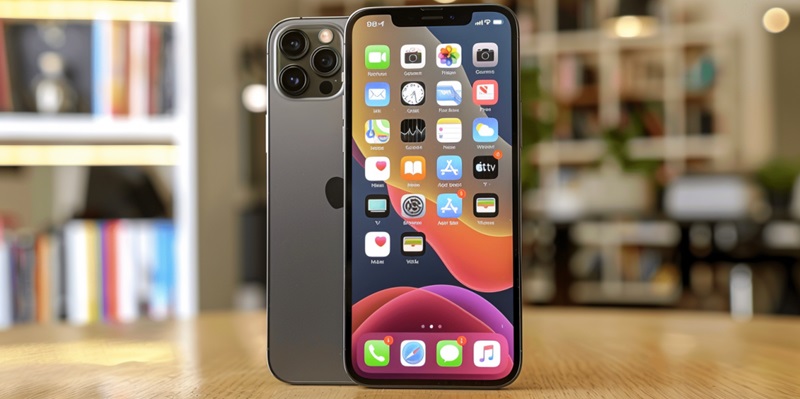University of Tokyo researchers are lighting up the world of display technology with an astounding advancement. The ability to generate 3D holograms using just an iPhone is a leap toward previously imagined realms of science fiction. By manipulating the attributes of light—its phase, amplitude, and polarization—a routine 2D display is transformed into a dazzling 3D experience. The journal Optics Letters chronicled this success, introducing a cascade of holograms method that could redefine entertainment, design, and education sectors.
What sets this method apart is the utilization of an iPhone 14 Pro’s standard screen and an essential spatial light modulator (SLM). The research, under Ryoichi Horisaki’s guidance, reveals how light can be precisely adjusted to trick the human eye into perceiving depth where there is none. By capturing two distinct images—one at a Fourier transform lens’s focal point and another slightly offset—the researchers convincingly portray a hologram’s depth capability.
The Significance of Incoherent Light Integration
The Tokyo team’s research presents a critical twist in holography by using incoherent light, which is common in everyday devices, over traditional coherent laser light. This choice is a game-changer, cutting not just costs but also diminishing speckle noise, a common interference in sharpness and clarity. This approach enables a practical and safer expansion of holographic technologies into the consumer market, leapfrogging over prior technical and cost-prohibitive barriers.
The integration of incoherent light sets a new precedent for device compatibility, with implications that stretch far beyond personal entertainment. By resolving issues such as speckle noise and making strides toward consumer-friendly applications, the Tokyo team has paved the way for holography to become a typical feature in the forthcoming waves of electronic innovations. They have effectively recast the smartphone as a versatile, powerful portal to immersive 3D experiences.
Pioneering Safer and Affordable 3D Displays
The advancement heralded by the University of Tokyo doesn’t merely push the boundaries of display technology—it shatters them. This research could mean that in the near future, accessing a 3D holographic projection could be as simple as pulling out an iPhone from one’s pocket. The technology’s emphasis on safety and affordability offers more inclusive access to holographic content, without reliance on laser-based systems that pose potential hazards and come with a hefty price tag.
Moreover, such innovation can lead the way in creating new methods for visual communication through display technology. This could potentially revolutionize the way we interact with media, bringing depth to our previously flat screens in ways that were once thought fantastical.
Augmented Reality and Beyond
The University of Tokyo’s breakthrough in display technology is a game-changer, signaling a future where summoning a 3D holographic image could be as straightforward as whipping out an iPhone. This novel tech eschews the hazardous and costly laser-based systems of the past, democratizing access to safe and affordable holographic experiences.
This innovation is not just impressive—it’s transformative. It paves the way for radical new approaches to visual communication, potentially revolutionizing our interactions with media by adding a literal new dimension to the flat screens we’re accustomed to. Instead of mere pixels on a glass pane, we may soon be engaging with lifelike three-dimensional projections that float in our living rooms, offices, and public spaces. This isn’t science fiction; it’s the foreseeable future of how we will consume, create, and share digital content—adding depth to every story told and every image shown, all with a swipe or a tap.

